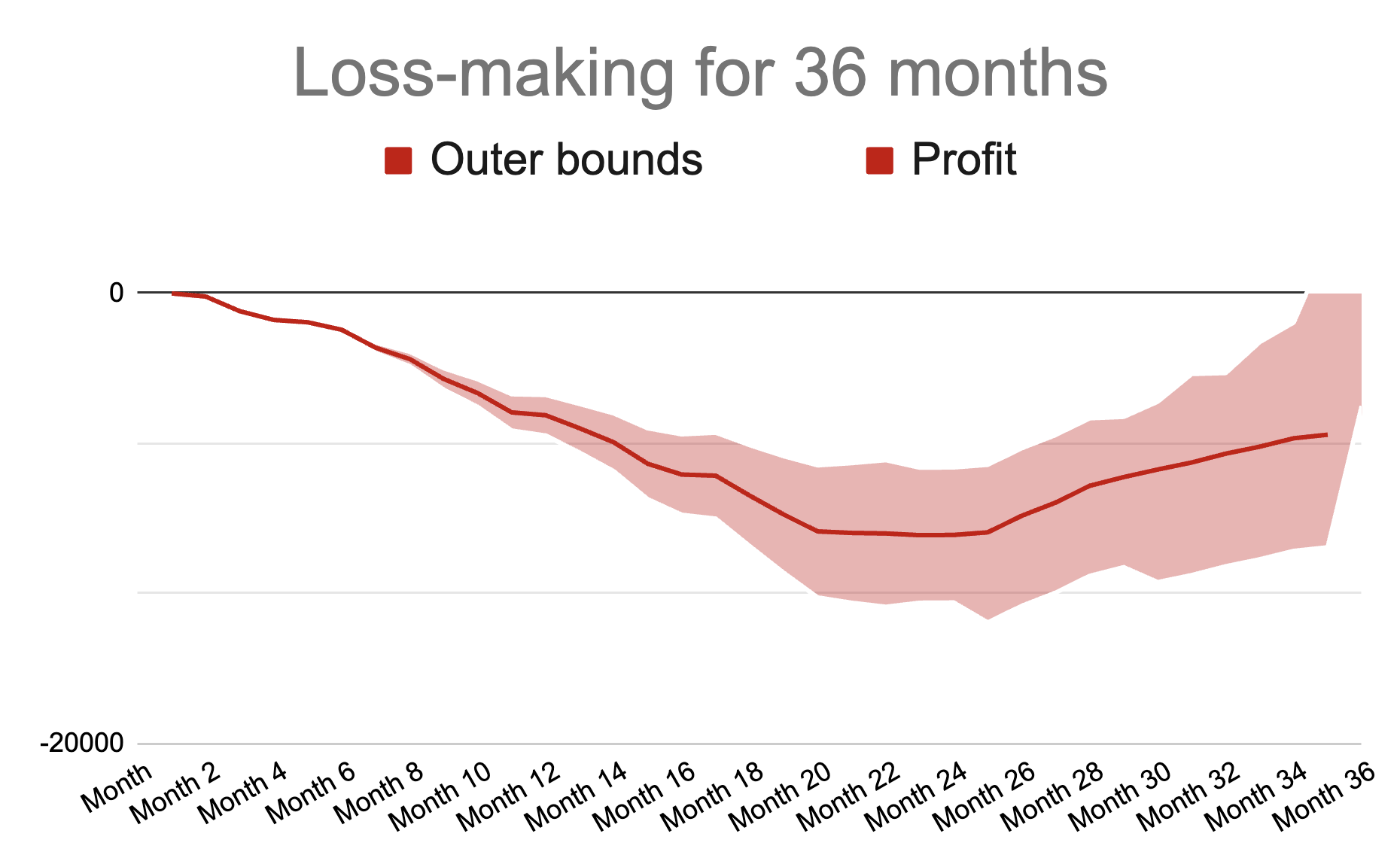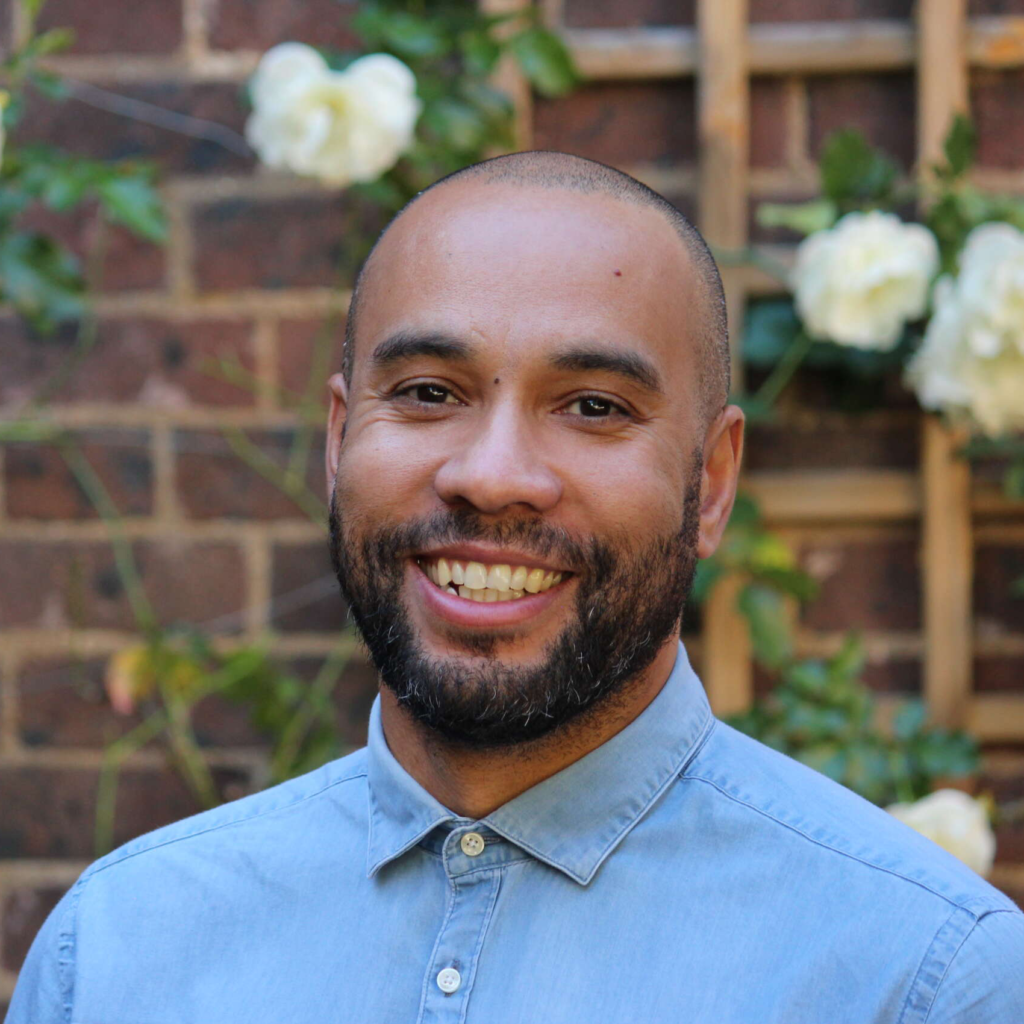
This is the highest level of work I do
I work with leadership to understand the overall company goals, from thee we figure out what marketing needs to achieve.
Then I pull together all of the skills and knowledge I’ve gained over the years to help teams separate what is strategy from what’s just tactics that have worked well.
We finish with a plan that’s clear enough to give direction, while accepting we’ll need to adapt as we work and learn. We also have series of concrete steps we can take, whether that’s hiring, training, testing, or scaling up.
It’s not necessary to have done all the different kinds of digital marketing to plan out a strategy, but it certainly helps, and there’s not much I haven’t touched at some point in my career.
Strategy examples
- Case study - Local Charity
- Case study - International SAAS Unicorn
- Case study - phone top up company
I was working with a UK-based charity who needed to raise awareness of their good work, and increase attendance to fundraising events.
They were heavily reliant on local press and word-of-mouth but needed to scale up interest.
Challenges:
Most people online aren't searching for their service to support them (and if they are, probably have another, similar, local charity in mind). Because of the number of small events the charity ran each year - any audience could quickly become overwhelmed with marketing requests and engagement across the board was low.
Strengths:
Through the charity's good work, the company passively generated a lot of positive content and heartwarming stories.
Approach:
I worked with charity staff and fundraising teams to;
- Switch focus to owned channels (Email, Facebook, Twitter)
- Increase time spent gathering impact stories
- Sacrifice focus on appearing in search
- Sacrifice website "shareability" tactics
- Sacrifice support for many fundraising initiatives, to build up audience engagement and make actual CTAs more powerful
Impact:
Audience and awareness
- Tripled social media audience with engagement 2.4x of nearest peer
- Based on local awareness - charity approached by building contractor to be included in a new development which would mean a huge improvement in facilities
Revenue
- Increased email revenue 156%,
- Increased PPC revenue 70%, increased revenue per customer 150%.
A unicorn SAAS company wanted to expand their reach in APAC, starting from a base in Singapore. They had resources and smart people, but a huge number of territories and languages to cover.
Challenges:
There were some powerful and well-funded brands already operating in many of the target territories. Language and cultural differences meant that there were up-front costs to any marketing expansion. It. was hard. for the company to understand the value of different regions because they had very different population densities and wealth.
Because of the complexities of running a large international organisation - it could be difficult for local teams to make agile changes to the website.
Strengths:
The company had a strong existing brand in EU, the US, and parts of Asia, as well as a very smart team and healthy resources.
Approach:
I worked with local teams to;
- Understand the experts we had in each region
- Combine their data about Lifetime Value for customers in their region, with survey and search data that allowed us to estimate audience density in different regions
- Used regional branded search data to compare the client with competitors and spot the regions of biggest gaps
- Based on the top strongest competitors in each region - worked with APAC head office to plan defensive advertising messaging, blog posts to create, and best cities to target for in-person events
Impact:
Brand awareness
- Across the three key territories selected - brand awareness increased by 3 points
I was working with an international phone top-up company who wanted to scale up their marketing activity - they were planning organic activity across search and social.
Challenges:
While their customers were largely happy - some reviews suggested that people were buying their product without even noticing the name of the company they were buying from. Often their customers weren't even making impulse purchases - they were panic-buying credit once they realised they had run out.
What's more, as a phone top up reseller, the client was often competing against companies like Vodafone, for customers who wanted to top up Vodafone credit.

I worked with the company to show that and organic investment was highly likely to be loss-making for more than 3 years in the best case, most likely not breaking even at all.
Solution: once we were agreed that a significant organic investment wouldn't fit well with the company' growth plans we replanned so that;
- The investment that would have gone to SEO would be spent on bringing people into the ecosystem via paid
- The company would invest in the skills and technology needed to keep customers once they were introduced by an initial top-up
- The company would expand geographically and through services rather than scaling up the volume to existing products
- All teams would get simple, straightforward training and tools to make sure that anything that already had to be done (i.e. creating landing pages) would be done in a way to maximise any organic benefit, without needing a large investment.
Impact: the company saved over £300K over the course of the next three years, and could use those funds to work on projects with a much larger positive benefit.
 – Andi Jarvis, Strategy Director, Eximo Marketing
– Andi Jarvis, Strategy Director, Eximo Marketing
 – Me (often)
– Me (often)